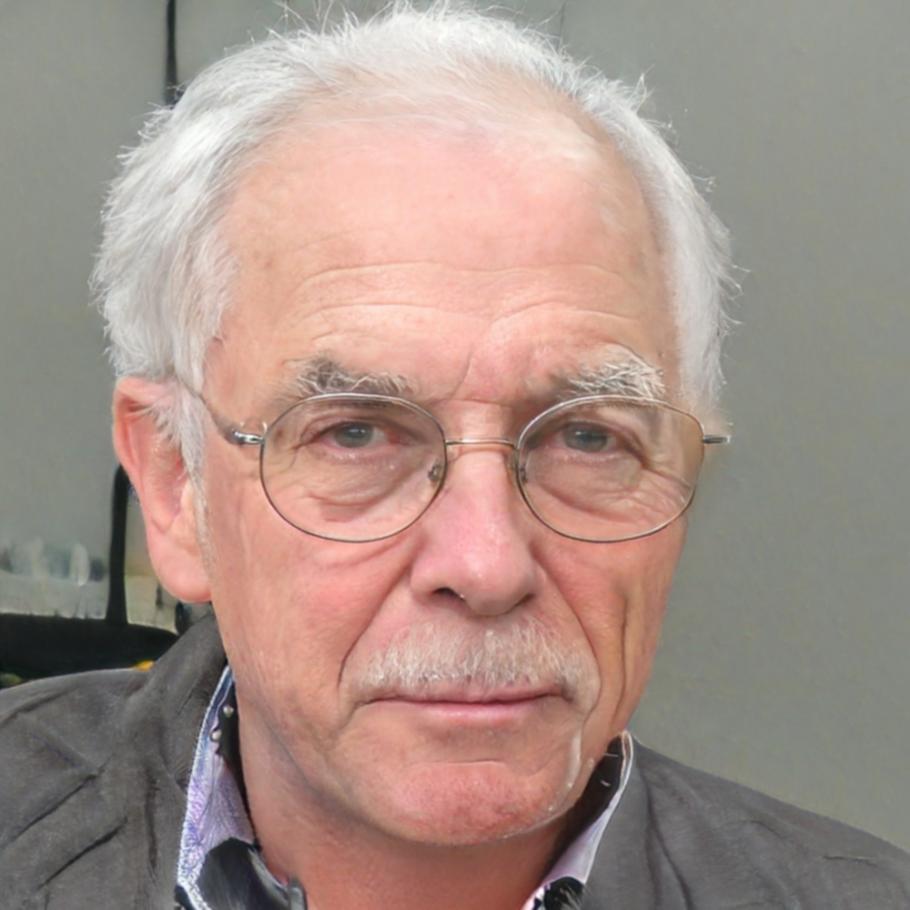Questions Students Actually Ask Us
Before Starting
- Do I need any programming experience?
- What kind of computer do I need?
- How much time should I set aside each week?
- Can I work full-time and still keep up?
During the Program
- I'm stuck on this modeling technique — can we go over it again?
- My game idea seems too ambitious — should I scale it back?
- How do I know if my work is good enough?
- Can I get extra help with the coding parts?
After Completion
- How do I keep improving my skills?
- What should I work on next?
- Can I still ask questions after graduating?
- How do I present my work to potential employers?



